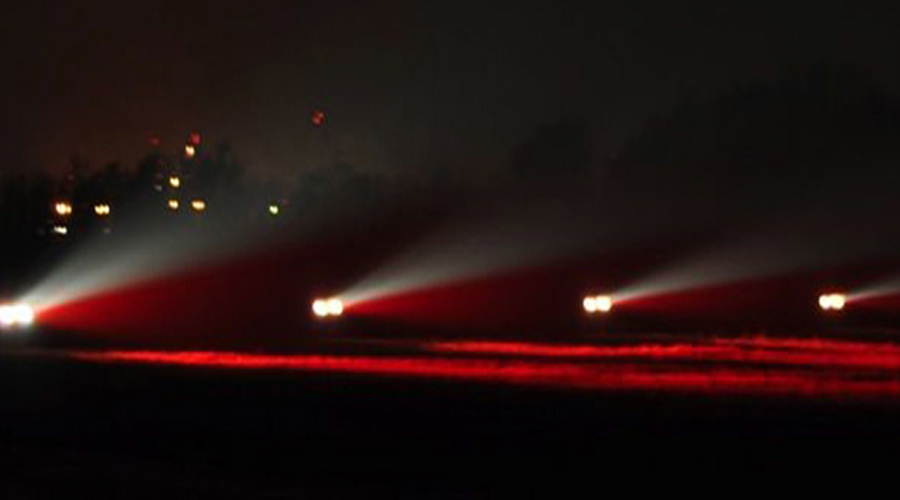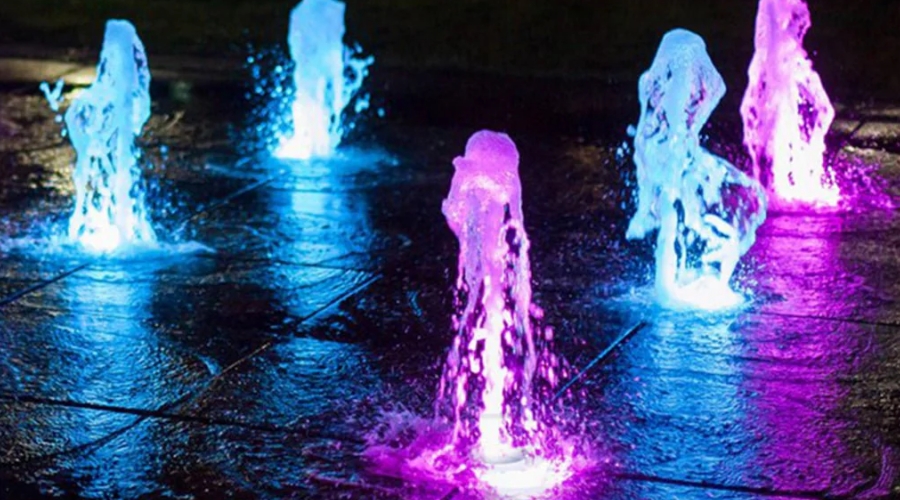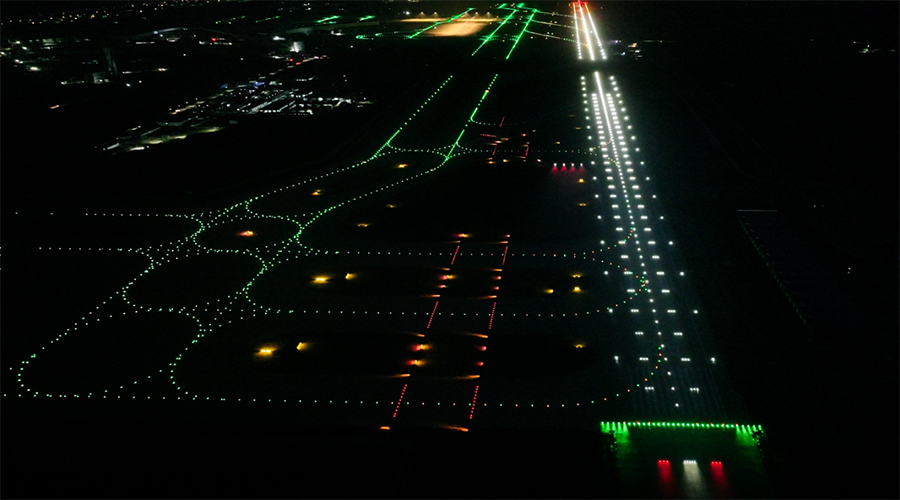PAPI lights (Precision Approach Path Indicator) are a vital component of the airport runway lighting system. They provide visual guidance to pilots and ensure that the aircraft lands safely on the correct glide path.
So, who controls these key devices? This article will reveal the control mechanism of airport PAPI lights and their important role in aviation safety.
Basic Functions of PAPI Airport Lights
The precision approach path indicator lighting system consists of a series of strong lights, usually installed on the left side of the runway, to provide altitude and glide path information to pilots on approach.
When the pilot sees:
- Two red & two white: indicates that the aircraft is on the ideal glide path
- Three white & one red: the aircraft is slightly above the ideal glide path
- One white & three red: the aircraft is slightly below the ideal glide path
- Four white: the aircraft is too high
- Four red: the aircraft is too low
This intuitive visual feedback enables pilots to adjust the flight altitude in time to ensure a safe landing.
Control Body of LED PAPI Lights
PAPI light are usually directly controlled by the airport air traffic control tower (ATC Tower).
Controllers can adjust the brightness and even the switch status of PAPI lights according to visibility conditions, weather conditions and airport operation requirements.
At large airports, this process is often automated through the Airport Lighting Control System (ALCS).
It is worth mentioning that the PAPI light systems produced by professional manufacturers such as YFFY LIGHTS are usually designed with interfaces compatible with the airport central control system for remote monitoring and control.
Hierarchical Structure of The Airport Light Control System
- Tower controller: has the highest control authority and can directly operate or issue instructions
- Airport engineering department: responsible for daily maintenance and manual control in emergencies
- Automatic control system: automatically adjusts lighting parameters according to preset programs and environmental sensors
- Pilot feedback: Although not directly controlled, the pilot’s report will affect the adjustment of the PAPI airport light
Control in Special Circumstances
In extreme weather or emergency situations, the control of the PAPI light may be transferred to:
- Airport emergency command center
- Regional air traffic control center
- Airport electrical engineer (on-site manual control)
As an airport light for aviation safety, the control system of the PAPI lights reflects the rigorous management system of the aviation industry.
From tower controllers to automated systems, multi-level control mechanisms ensure that these important navigation devices are always in optimal working condition, providing reliable protection for every safe landing.
With technological advances, the future LED airfield ground lighting and solar airport lighting control systems will be more intelligent and automated, but human supervision and control will still be an indispensable part of aviation safety.





